During a 24-hour test flight, BAE Systems successfully launched a solar-powered aircraft into the stratosphere, reaching an altitude of 20,000 m.
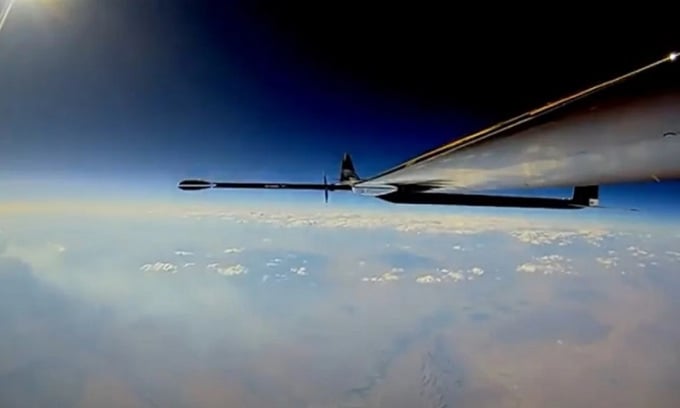
PHASA-35 aircraft in the stratosphere. Photo: BAE Systems
The recent test by the British engineering team took place on June 25 in the sky above Spaceport America at the White Sands Test Site in New Mexico, representing a new phase in the PHASA-35 project that began in 2018 and first flew in 2020. The new test was sponsored by the US Army Space and Missile Defense Command Engineering Center, New Atlas reported on July 19.
With a wingspan of 35 m and a payload capacity of 15 kg, the solar-powered aircraft consists of advanced composite materials, an energy management system, photovoltaic cells, solar panels and rechargeable batteries. The battery pack is likely to be very light due to the PHASA-35’s ability to soar at night and then regain altitude after dawn.
The goal of the PHASA-35 project is to create a drone that can stay in the air for a year, flying in circles over large areas, unaffected by weather and air traffic. The main application of the vehicle is military reconnaissance and rescue. In addition to carrying sensors, the drone can also be used as part of a communication network, providing 4G or 5G coverage and many other forms of data transmission during natural disasters, supporting border patrols, and replacing conventional satellite systems in commercial applications.
“PHASA-35 opens up new possibilities in the stratosphere,” said Cliff Robson, managing director of BAE Systems. “The team has overcome many of the challenges associated with new technology.”
An Khang (According to New Atlas )
Source link







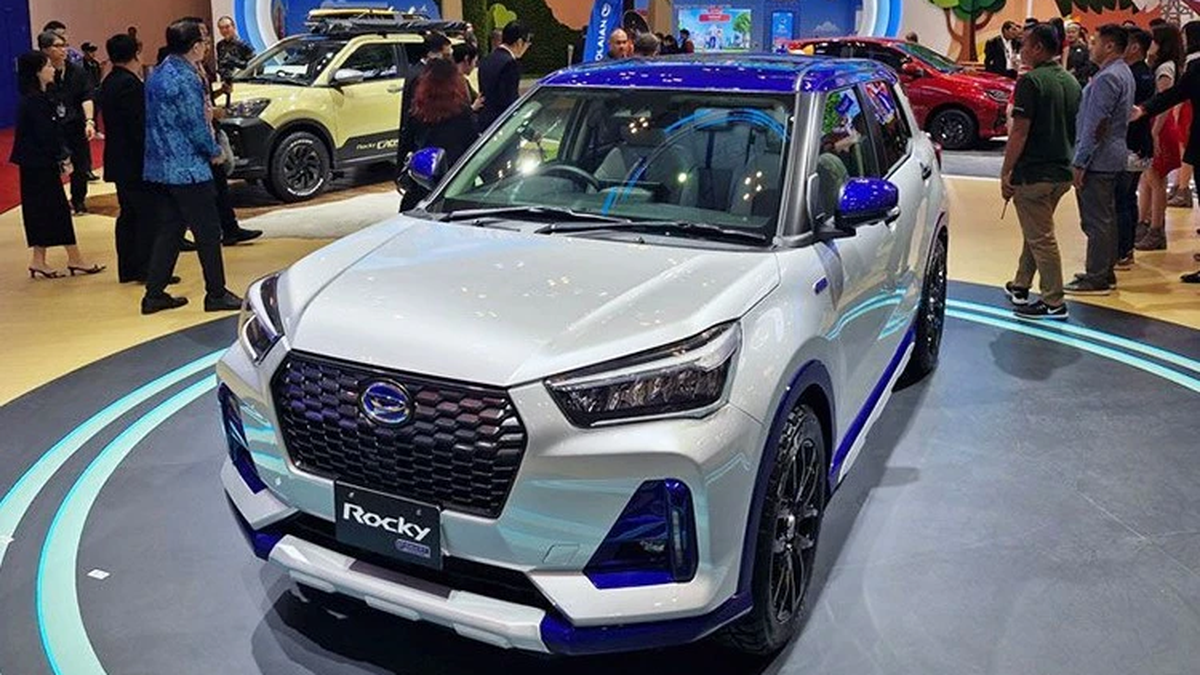
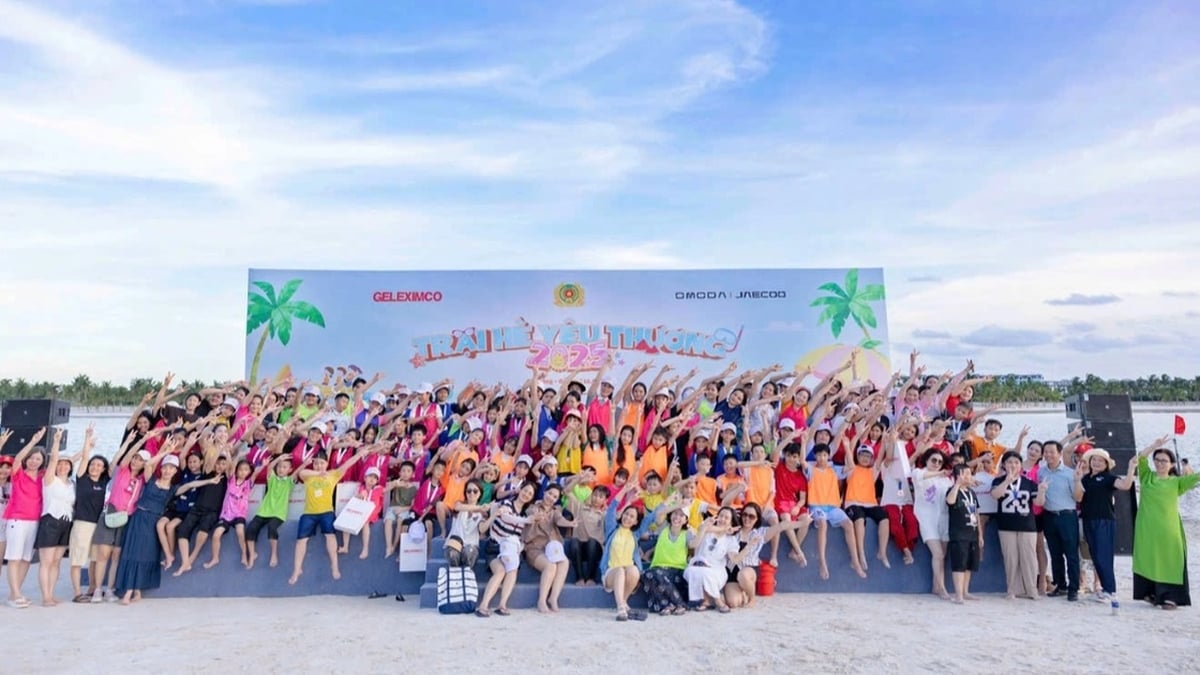













![[Photo] National Assembly Chairman Tran Thanh Man visits Vietnamese Heroic Mother Ta Thi Tran](https://vphoto.vietnam.vn/thumb/1200x675/vietnam/resource/IMAGE/2025/7/20/765c0bd057dd44ad83ab89fe0255b783)























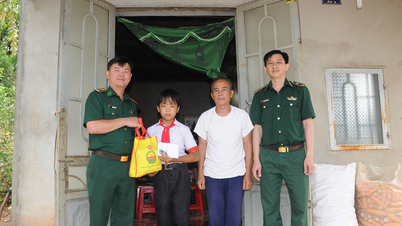


















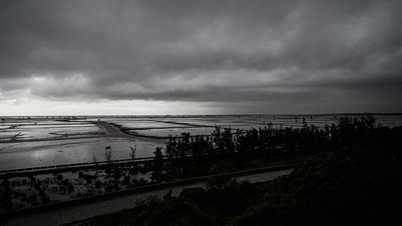

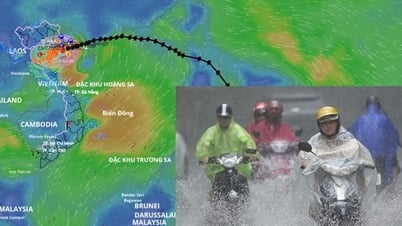

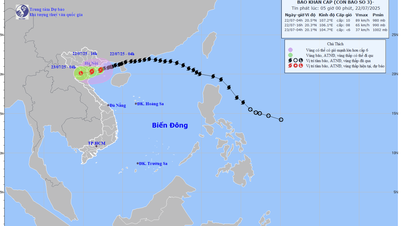

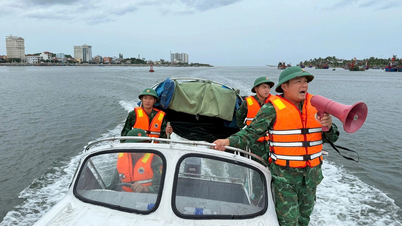





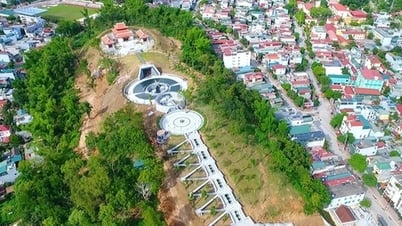



























Comment (0)